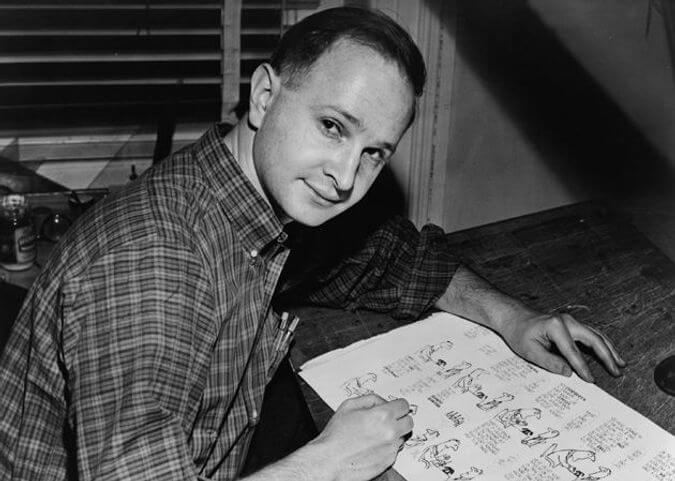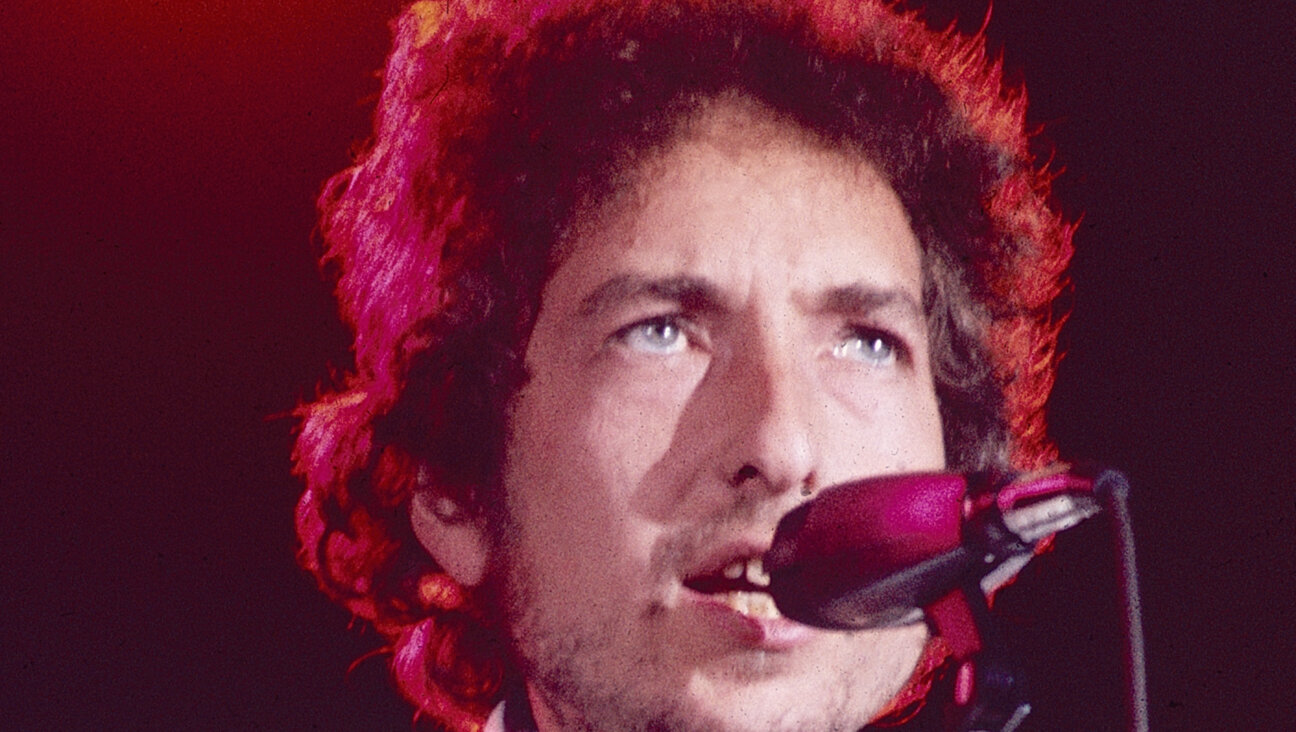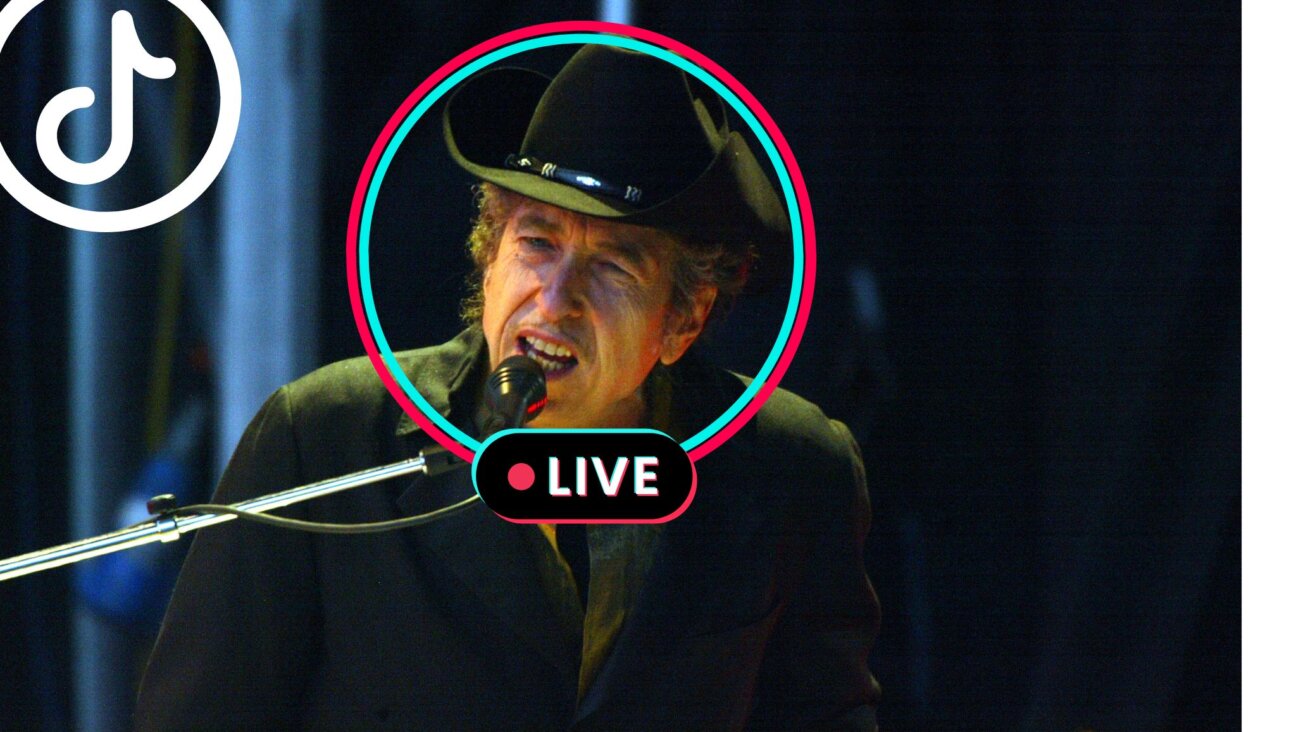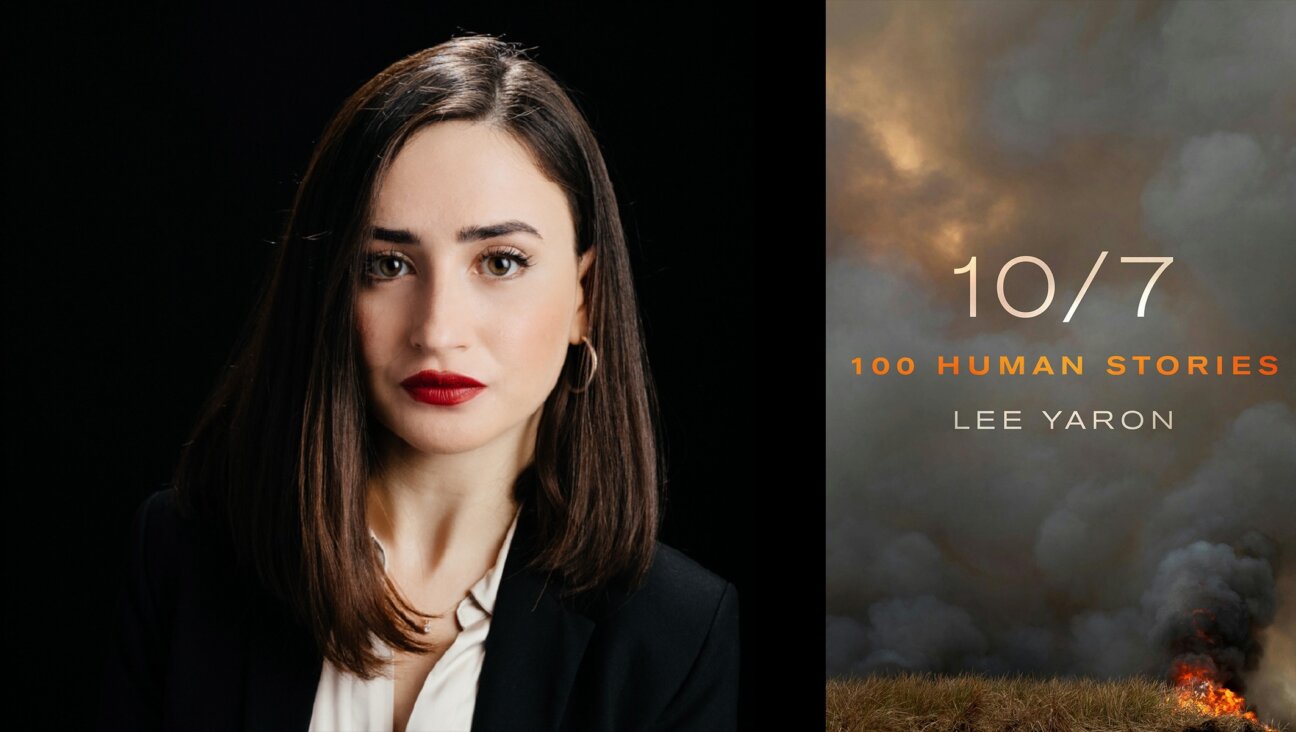People Of the Chapbook: Jewish Poets as Jewish Teachers
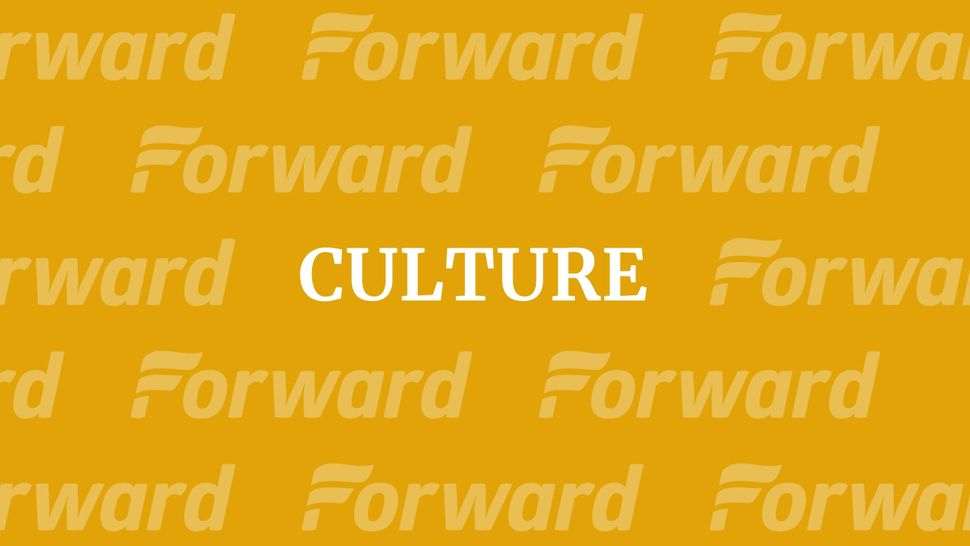
Not many people know it, but Jewish poetry is alive and well.

The neglect is surprising, really, since we are, after all, the People of the Book, and we allegedly cherish our poets, from the ancients to Amichai. But perhaps it’s not so surprising, given our contemporary culture, which (poets laureate notwithstanding) relegates poetry to the back of the bookstore and even further back in our cultural consciousness. Even the most successful of contemporary American poets also have day jobs.
Yet contemporary Jewish poetry does things that American poetry does not: It articulates an identity, updates a tradition for those who would otherwise be outside of it and literally creates new forms of Jewishness. The Jewish poet stands, like the midrashist or liturgist, in a relationship to Jewish tradition that is colored by both communality and individuality, both ancient and new. Unlike the traditional rabbi, she is not bound by precedent. But unlike the secular poet, the influence of older words is not an anxiety but a blessing.
Those concerned about Jewish continuity would do well to change our community’s neglect of poetry, because there is a vital power in the authentic, rarely heard voices of Jewish poets — both literary ones like those reviewed here, and slam, freestyle and performance poets whose work is rarely captured aside from the perfect moment onstage, when the right rhymes seem to fall from the sky and the rhythms carry them into the bones of everyone who hears.
Rarely have I felt more electrically Jewish than at these performances — alchemies, really — in which word and sound and spirit intersect, or crash, or scrape against each other to make sparks. And let’s not forget the poetry found in Jewish hip-hop artists like Y-Love, or songwriters like Jeremiah Lockwood and Basya Schechter — musicians who’ve had more success than spoken-word artists but who ought to be ambassadors for new Jewish culture and identity, sent on all-expenses-paid trips to the hinterlands of North America (that is, cities not on a coast), where they will spread a kind of light that no amount of proselytizing can generate. Poetry is no longer the province of tweed, and it is exactly what is missing from many of today’s pews and pulpits.
To its credit, this publication is, I think, the American Jewish world’s leading supporter of the Jewish poetic voice. I and others have reviewed in these pages poets who are famous (Allen Ginsberg, Leonard Cohen, Bob Dylan); semi-famous (Emmanuel Moses, Charles Bernstein, Bob Perelman, Ira Stone) and still emerging (Ilya Kaminsky, Eve Grubin, Yermiyahu Ahron Taub) and many others have been featured in this newspaper’s “Psalm 151” column — one of the Jewish press’s most praiseworthy efforts to make the work of Jewish poets better known.
But it’s a very small world. For example, “Psalm 151” was edited by Rodger Kamenetz, who is appearing at a Jewish poetry event I’m co-curating with poet Richard Chess at the 92nd Street Y on January 31. And I probably wouldn’t be writing on Jewish poetry if I weren’t a Jewish poet myself: My own first book of poems, “Another Word for Sky,” was published last month. There are many more wonderful poets yet to be discovered, but so little infrastructure to support them.
Yet the gifts of Jewish poets as Jewish teachers are enormous. And interestingly, they are perhaps best on view in two non-poetic works by Kamenetz and Alicia Ostriker, both of which confirm the Jewish poet as a distinct form of Jewish intellectual.
“For the Love of God: The Bible as an Open Book,” Ostriker’s new book (Rutgers University Press, 2007), exemplifies the role of Jewish poet, celebrating the multi-vocality and open-endedness of biblical text, while arguing against fundamentalism with quintessentially poetic readings of the Song of Songs, Psalms, Ecclesiastes and other books of the Writings — that is, the parts of the Bible written by religious poets. These texts, much more so than the more often read portions of holy writ, celebrate the many faces of the Divine, complicate the certitudes of the law and, Ostriker writes, undermine any pretense at fundamentalism, with its verities and platitudes of intellect. As a poet rather than a priest, Ostriker is not beholden to biblical inerrancy; as she notes in the introduction, the psalms are at once masterpieces of individual religious yearning, and “a magnificent rhetoric in support of holy war.” Rather, Ostriker finds herself quoting from fellow contemporary poets as much as from ancient writ, self-consciously reading the Bible in light of contemporary political, ethical and literary concerns.
Necessarily, this sort of religious poetic voice is one poised between public symbol and private significance. The relationship between the two can be dangerous: After all, George W. Bush claims he speaks with God and implements policy on the basis of the conversation. But unlike a politician, a poet’s only power comes from her individuality and her insight. The pen may be mightier than the sword, but only through its mightlessness does it derive its peculiar strength.
If Ostriker’s book rails against the flattening of biblical consciousness into stark, fundamentalist myth, then Kamenetz’s new volume, “The History of Last Night’s Dream,” makes the same argument about our souls — particularly, the parts of ourselves that dream. For Kamenetz, the Freudian tendency to reduce dreams to certain basic, usually sexual symbols — and, perhaps by extension, the neuroscientific one to reduce them to meaningless chatter — denies the fullness of dream life, and its potential to unlock deep secrets of the mind. Dreams are, in a way, nonsense — but as non-sense, they gesture to the inexpressible in a way that words cannot.
As Kamenetz acknowledges, this is a quintessentially poetic task. The poet, too, seeks to speak what cannot be spoken; the literal “meanings” of poetry are, as the Zohar says of the Bible, but the outer garments of the truth. For Kamenetz — who boldly asserts what others might term an idolatrous passion for the image — dreams do it even better, bypassing language entirely to give us visions of prophecy, even of God. They allow us to imagine, literally; to make image. And, Kamenetz argues, they have played a role in the history of religions for millennia, which he describes in (partial) detail.
Kamenetz may be familiar to readers as the author of the book “The Jew in the Lotus: A Poet’s Rediscovery of Jewish Identity in Buddhist India” (1997). Like that book, “Dream” is at once affable and audacious; Kamenetz is a reliable narrator in unreliable territory. But I want to suggest that Kamenetz’s poetic eye is alive and well in this work of nonfiction. Not only is its subject ultimately the imagination; it locates the ground of spirituality within the imagination, and dares to posit religion itself as a product of the imaginal faculties. What more poetic gesture could there be than that?
By way of comparison, let me briefly note the new book by Philip Terman, “Rabbis of the Air,” which also reflects this stance. As the title implies, many of Terman’s poems derive their language and context from Judaism. But the poem that gives the volume its name identifies bees, woodpeckers and robins as the poet’s rabbis, and elsewhere Terman issues a rejoinder to Yehuda Ha-Levi, arguing that ancestors are more important than the Temple. In other words, the poet as teacher teaches from a place of contentious dialogue with a tradition, not from within that tradition. Unlike that of a traditional rabbi, a poet’s teaching comes as much from separateness as from union, as much from disjuncture as from continuity.
Terman, like Kamenetz and Ostriker, locates himself within a consummately Jewish world, yet does so in order to redefine it, or rather, to define himself in frequent opposition to it. Confusingly, Terman often uses the first-person plural (for example, “And thus we bury each other” from “Rabbis of the Air,” or “Impossible to take them seriously, these fathers of ours,” in “My Kafka”), which this reader finds distracting, even presumptuous, as the rather solemn “we” of the poet’s voice often invites me to question whether its pronouncements really apply to me. Ironically, this “we” is a cliché often found in nonpoetic spiritual writers who seek to include their readers in some imagined shared experience; what I find more powerful in Terman’s work is its individuality, as in the first poem from “Rabbis of the Air,” titled “As My Daughter Climbs the Apple Tree, I Think of the Ancient Sephardic Poet Jehuda Halevi.”
To choose to be a Jewish poet, defined not by birth but by subject matter and personality, is necessarily to render one’s experience in terms of symbol and myth. One becomes as if infected by Jewish language. This is a perilous undertaking, as a poet’s task is necessarily to see things in a new way, while the Jewish words pull toward the old, as well toward the cliché. (Terman’s work deflates with irony the grandiosity that is a danger in such enterprises; other poets are not so careful.) To read the Bible in a poetic way, or to read dreams in a religious-poetic way, invites the charge that one is doing nothing new or, worse yet, hiding the new in the clothing of the old, as fundamentalists do all the time.
Yet if navigating the road of old and new, within and without, is the path of the Jewish poet, then all of us are invited to tread it. And these guides can show the ways.
A message from our Publisher & CEO Rachel Fishman Feddersen

I hope you appreciated this article. Before you go, I’d like to ask you to please support the Forward’s award-winning, nonprofit journalism so that we can be prepared for whatever news 2025 brings.
At a time when other newsrooms are closing or cutting back, the Forward has removed its paywall and invested additional resources to report on the ground from Israel and around the U.S. on the impact of the war, rising antisemitism and polarized discourse.
Readers like you make it all possible. Support our work by becoming a Forward Member and connect with our journalism and your community.
— Rachel Fishman Feddersen, Publisher and CEO









